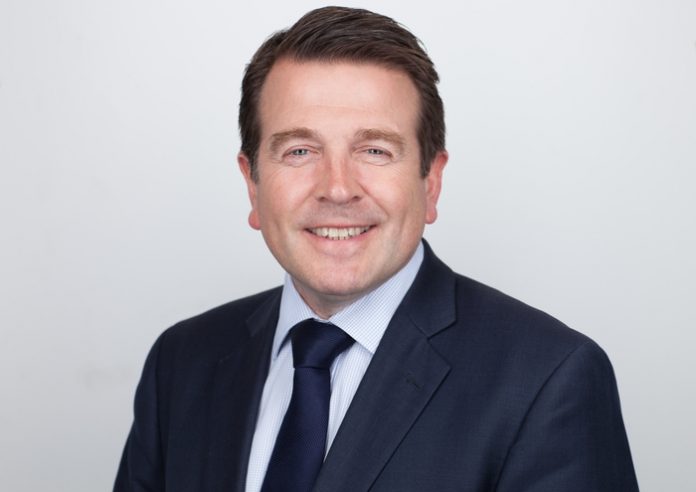1 Lime Street might not be an address that immediately springs to mind. But if I mention the ‘inside-out building’ – or better still, the Lloyds building – that iconic structure known worldwide as home to the world’s largest insurance market, you’ll know what I’m talking about, writes David Little, a Partner in the Corporate & Commercial department of solicitors Bishop and Sewell.
But here’s a surprise. Lloyds is considering moving from its old headquarters, a site it has occupied since 1986. The ‘inside-out’ 298ft building, with its exposed lifts and pipework, was designed by the architect Richard Rogers and took eight years to build.
33,510 cubic meters of concrete, 30,000 square metres of stainless-steel cladding and 12,000 square metres of glass were used during the construction.
According to this website the building is owned by Chinese insurer Ping An, and Lloyd’s lease ends in 2031, with a break clause in 2026.
A spokesman for Lloyd’s told The Telegraph: “As we adapt to new structures and flexible ways of working, we are continuing to carefully think about the future requirements for the spaces and services our marketplace needs.”
The return of workers to the capital city meant the outlook for the office sector was looking positive towards the end of 2021. However, landlords are still adapting to the new normal of hybrid working and fluctuating occupier demands.
Anything but normal was the start to the year experienced by the board of Unilever who find themselves at the wrong end of institutional investors’ ire for contemplating an audacious £50 billion bid for parts of GSK’s healthcare and beauty business.
However, Unilever’s tactics might have become unstuck the fact remains that as one of the world’s leading companies Unilever’s management saw an opportunity to evolve. Companies that don’t bend with the wind tend to break when the future catches up with them. Xerox, Kodak, Woolworths, Carillion, BHS and Prontaprint immediately spring to mind.
A famous name doesn’t ensure survival
Reported here, by CityAM, the Insolvency Service has reportedly cleared Thomas Cook’s board members of wrongdoing. Once considered the world’s oldest travel company, Thomas Cook went bust in September 2019 with £9bn of total liabilities.
The UK’s bankruptcy watchdog, has reportedly cleared the bosses of the global travel group of wrongdoing, more than two years after the company collapsed.
“The liquidation of Thomas Cook Group is a complex and significant insolvency, with the Official Receiver carrying out his duties to ensure an orderly wind-up of the failed travel business in the interests of creditors,” said an Insolvency Service spokesperson.
“Based on findings by the Official Receiver following an investigation into the conduct of Thomas Cook’s directors, the Insolvency Service does not currently intend to bring any disqualification proceedings against the directors.”
The story might not end there for as CityAM reports, “Almost a year to the day, the firm was relaunched as an online-only company, partnering up with low-cost airlines and accommodation providers such as Wed Beds and Hotel Beds instead of operating its own aircraft and hotels.”
While the watchdog’s investigation has cleared the firm’s board members, the audit of Thomas Cook’s financial statement continues to be under scrutiny by the Financial Reporting Council, the outlet reports.
As I said, evolve or die.
David Little is a Partner in Bishop and Sewell’s Corporate & Commercial team. Should you require any further advice or assistance, please contact him on +44 (0)20 7079 4143 or email: [email protected]
About Bishop & Sewell LLP
Bishop & Sewell is a long-established, full service Central London law firm – with an international reach – specialising in Personal, Property and Commercial legal matters. To learn more, visit www.bishopandsewell.co.uk


















